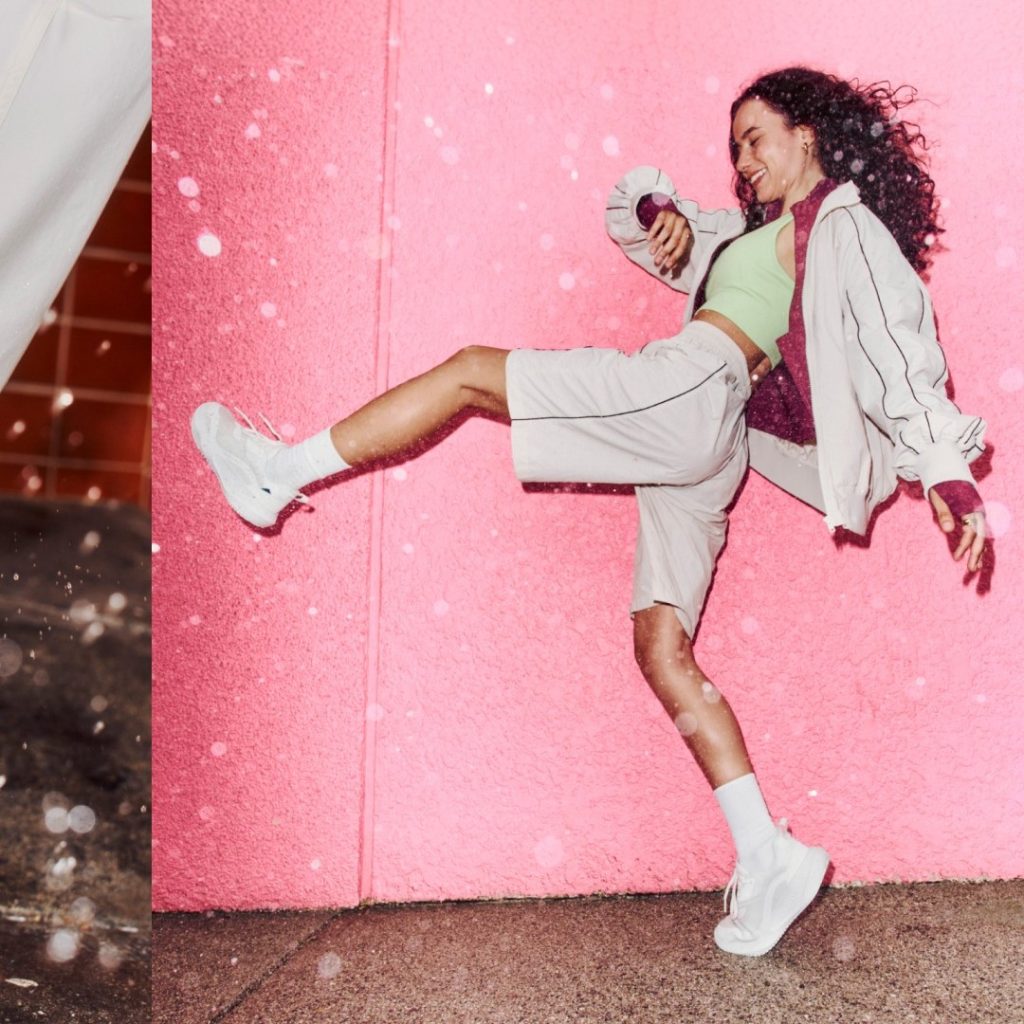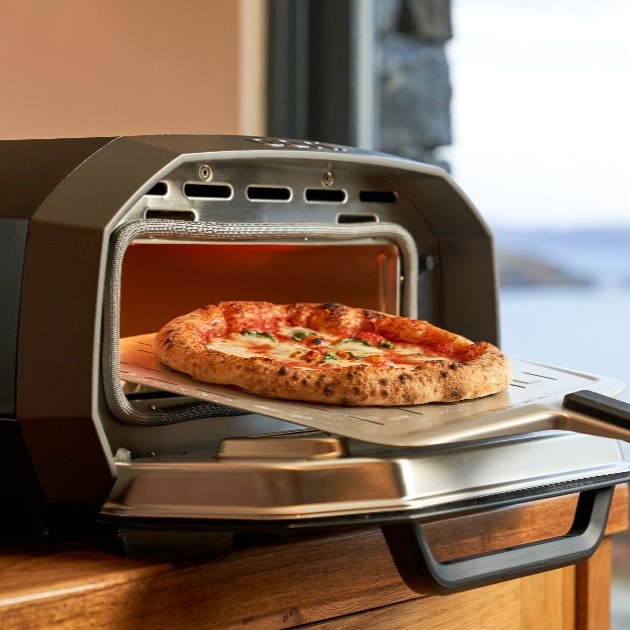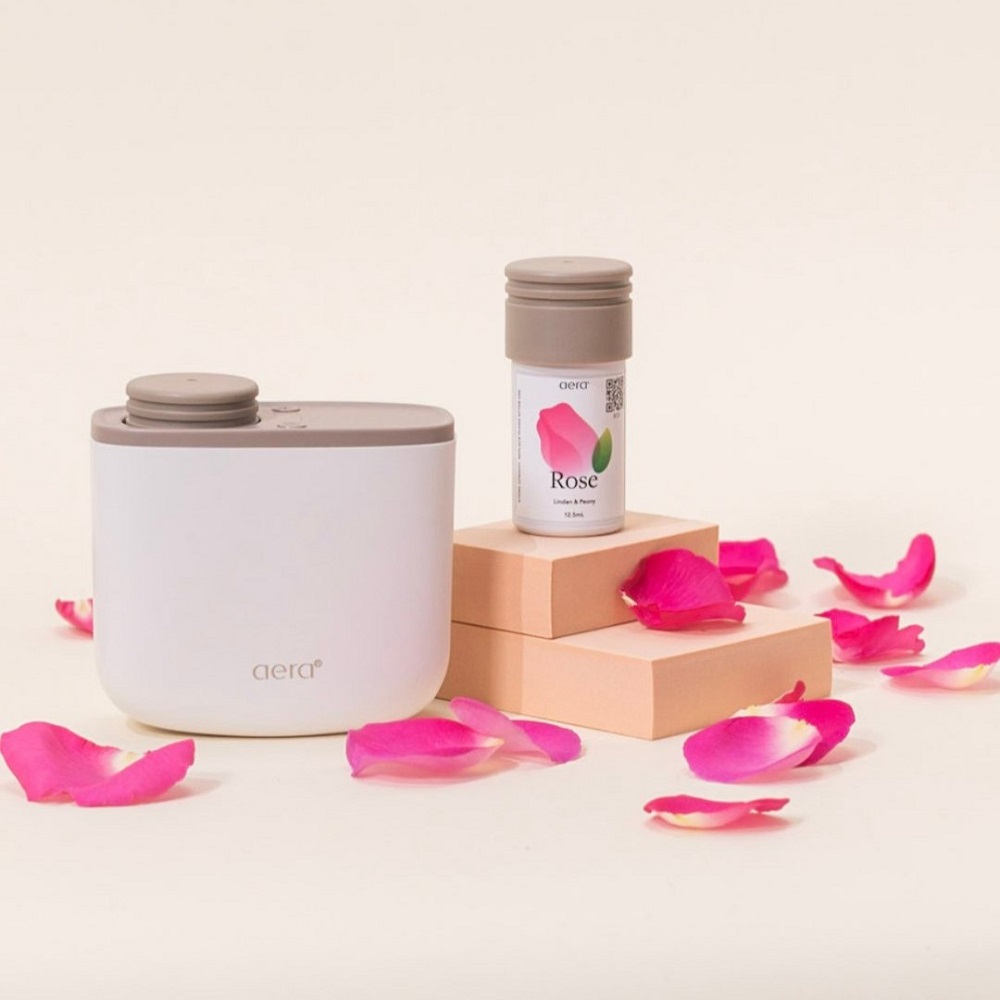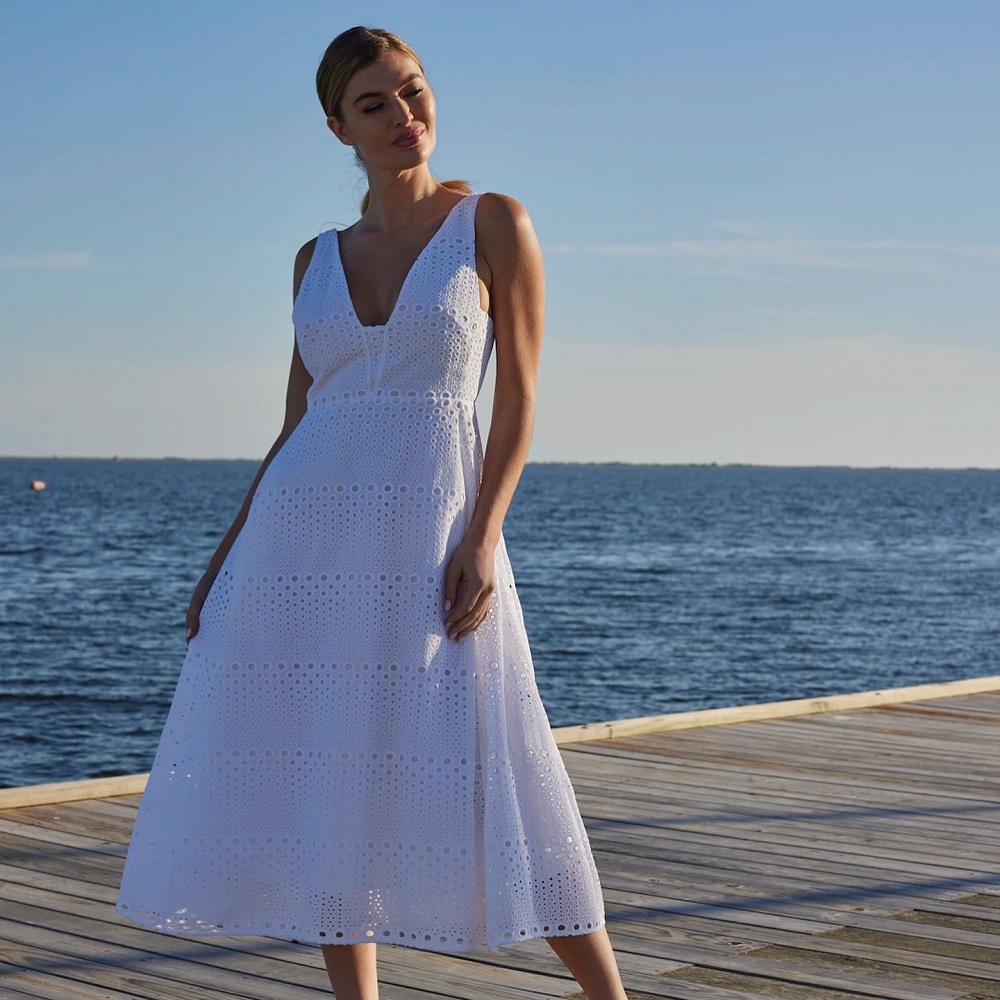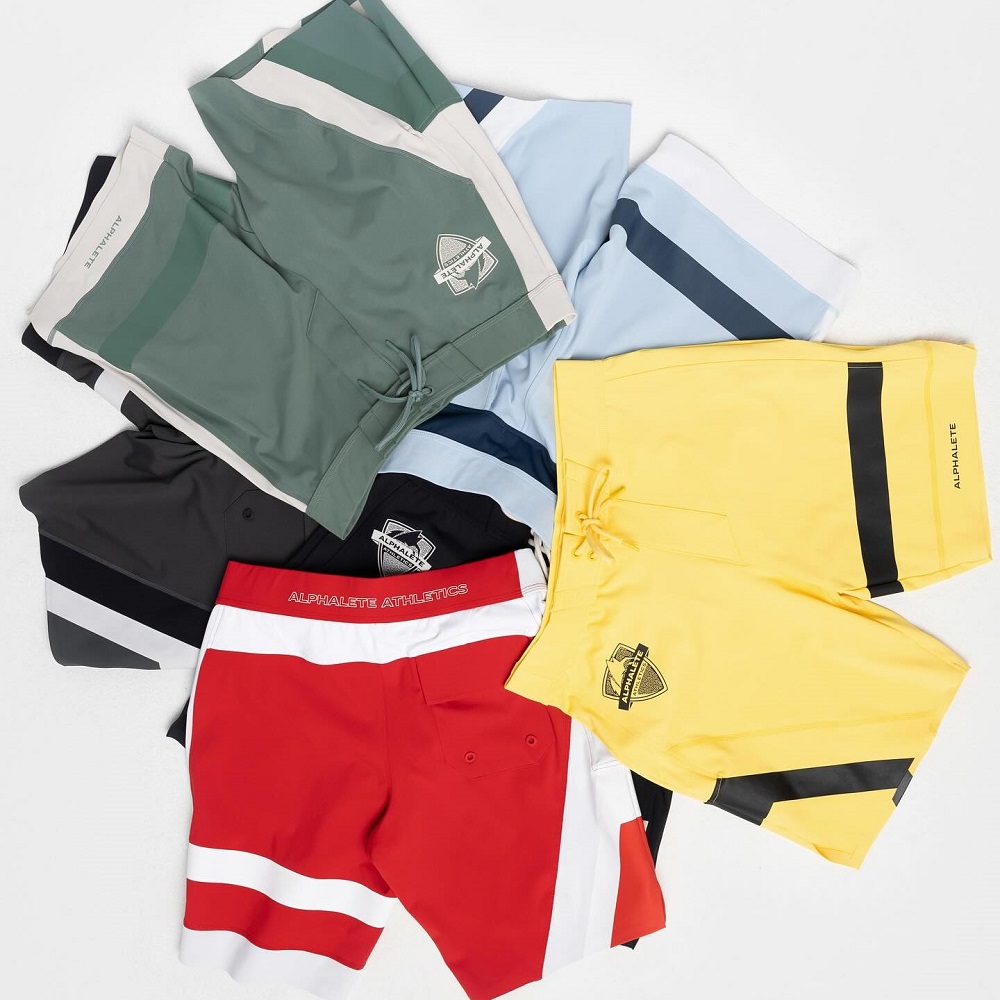Sports Bra Sizing: How to Find the Perfect Fit for Your Workouts
Table of Contents
As someone who enjoys staying active and exercising, I know how important it is to have the right gear. One of the most crucial pieces of equipment for women is a sports bra. Not only does it provide comfort and support, but it can also prevent breast damage and discomfort during physical activity. However, finding the right size and fit can be a challenge.
When it comes to sports bra sizing, it’s important to remember that it’s not the same as regular bra sizing. While your cup size may be the same, your band size may differ. It’s essential to measure yourself correctly to ensure you get the right fit. Sizing down in a sports bra can lead to discomfort, while sizing up can result in inadequate support.
There are various types of sports bras available, from compression to encapsulation. Each type provides different levels of support and is suitable for different activities. It’s essential to choose the right type of sports bra for your workout to ensure maximum comfort and support.
Why Sports Bra Sizing Matters
As a woman who regularly engages in physical activities, I know the importance of wearing a supportive sports bra during exercise. However, it’s not just about wearing any sports bra but wearing the right size. Sports bra sizing matters, and in this section, I will explain why.
The Importance of Proper Fit
Wearing a sports bra that fits properly is essential for comfort, support, and performance. A well-fitting sports bra will reduce breast movement during exercise, preventing discomfort and pain. It will also prevent breast sagging over time, which can happen due to repetitive bouncing during exercise.
Moreover, a sports bra that fits properly will ensure that your breasts are adequately supported, reducing the risk of injury. A study published in the Journal of Science and Medicine in Sport found that wearing an ill-fitting sports bra can increase the risk of breast pain, breast injuries, and musculoskeletal injuries in the neck, shoulders, and back.
The Risks of Wearing the Wrong Size
Wearing the wrong size sports bra can have several negative consequences for your health and well-being. For example, if your sports bra is too tight, it can cause chafing, skin irritation, and even breathing difficulties. On the other hand, if your sports bra is too loose, it will not provide adequate support, leading to breast pain, discomfort, and even injury.
Moreover, wearing the wrong size sports bra can affect your posture, leading to back pain and poor alignment. It can also affect your confidence and performance, as you may feel self-conscious and distracted during exercise.
Therefore, it’s crucial to find the right size sports bra for your body type and activity level. Don’t settle for a one-size-fits-all approach, as every woman’s body is unique, and every activity requires different levels of support.
How to Determine Your Size
Measuring Yourself

Before buying a sports bra, it’s important to measure yourself to determine your size. First, measure around the fullest part of your bust with a soft tape measure. Keep the tape straight across your back and round up to the nearest whole number. This is your bust measurement.
Next, measure around your rib cage, just beneath your breasts, again keeping the tape measure straight across your back. Round up to the nearest whole number. This is your band measurement.
Subtract your band measurement from your bust measurement to determine your cup size. Use the chart provided by the bra manufacturer to find your cup size based on your measurement.
Trying On Different Sizes
Once you have determined your size, it’s important to try on different sports bras to find the right fit. Keep in mind that different brands and styles may fit differently, so it’s important to try on a variety of sizes and styles.
When trying on a sports bra, make sure it fits snugly but not too tight. The band should be level and comfortable, and the straps should not dig into your shoulders. The cups should fit smoothly without any gaps or bulges.
Try different activities while wearing the sports bra to make sure it provides the right level of support and comfort for your needs. Don’t be afraid to try different sizes and styles until you find the perfect fit.
Choosing the Right Style
When it comes to sports bras, there are different styles for different activities, and it’s important to choose the right one for your workout. Here are some things to consider:
Different Styles for Different Activities
Low-impact activities like yoga or walking require less support, so a compression or low-impact sports bra may be sufficient. For medium-impact activities like cycling or hiking, a medium-impact sports bra with more support is recommended. High-impact activities like running or jumping require the most support, so a high-impact sports bra with maximum support and coverage is the best choice.
Another thing to consider is the style of the sports bra. Racerback bras provide more support and are great for high-impact activities. Criss-cross back bras are stylish and provide good support for medium-impact activities. Traditional back bras are easy to put on and take off, making them a good choice for low-impact activities.
Features to Look for in a Sports Bra
When choosing a sports bra, there are a few key features to look for:
- Moisture-wicking fabric: Look for a sports bra made from moisture-wicking fabric to keep you dry and comfortable during your workout.
- Adjustable straps: Adjustable straps allow you to customize the fit of your sports bra for maximum comfort and support.
- Padded cups: Padded cups provide extra support and coverage for high-impact activities.
- Underwire: Underwire provides additional support and helps keep the sports bra in place during high-impact activities.
- Breathable material: Look for a sports bra made from breathable material to keep you cool and comfortable during your workout.
Choosing the right style of sports bra is essential for a comfortable and effective workout. Consider the level of impact of your activity and the style of the sports bra, and look for key features like moisture-wicking fabric, adjustable straps, padded cups, underwire, and breathable material to ensure maximum comfort and support.
Caring for Your Sports Bra
As someone who wears sports bras regularly, I know how important it is to take good care of them to ensure they last as long as possible. Here are some tips for washing and drying your sports bra, as well as when to replace it.
Washing and Drying Tips
When it comes to washing your sports bra, it’s important to follow the care instructions on the tag. Most sports bras can be machine washed in cold water and tumble dried on low heat. However, some bras may require hand washing or air drying to prevent damage to the fabric or shape of the bra.
Here are some additional tips for washing and drying your sports bra:
- Wash your sports bra after every use to prevent bacteria buildup and odors.
- Use a gentle detergent to avoid damaging the fabric or elastic.
- Avoid using fabric softeners, as they can clog the fabric and reduce the bra’s moisture-wicking capabilities.
- Don’t wash your sports bra with clothes that have zippers or hooks, as they can snag the fabric.
- Hang your sports bra to dry or lay it flat on a towel. Avoid putting it in the dryer, as the heat can damage the elastic and cause the bra to lose its shape.
When to Replace Your Sports Bra
Even with proper care, sports bras will eventually wear out and lose their support. It’s important to replace your sports bra when it no longer fits properly or provides the support you need.
Here are some signs that it’s time to replace your sports bra:
- The straps or band are stretched out and no longer provide a snug fit.
- The elastic is frayed or worn out, causing the bra to ride up or shift during exercise.
- The cups are no longer supportive or have lost their shape.
- You experience discomfort or pain during exercise, which could be a sign that the bra is no longer providing enough support.
By following these tips for washing and drying your sports bra and knowing when to replace it, you can ensure that your sports bra provides the support and comfort you need for your workouts.



